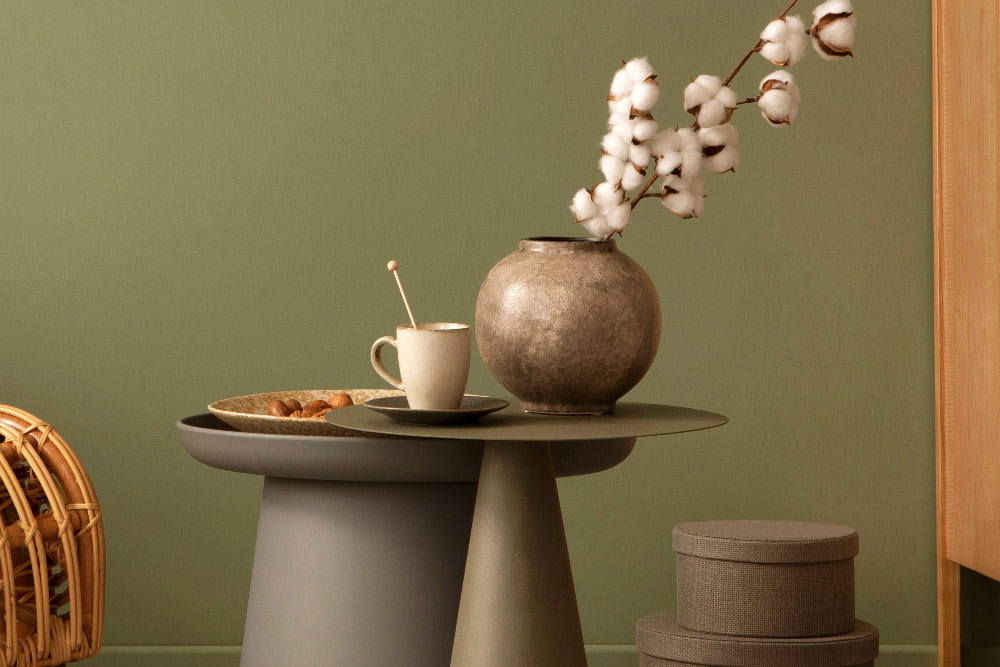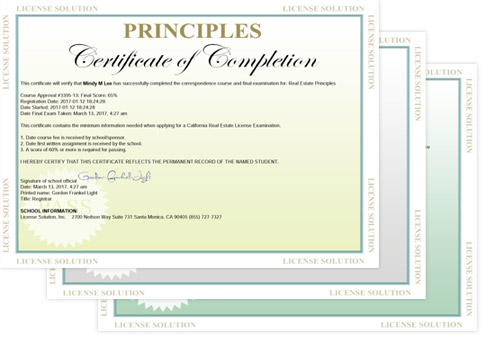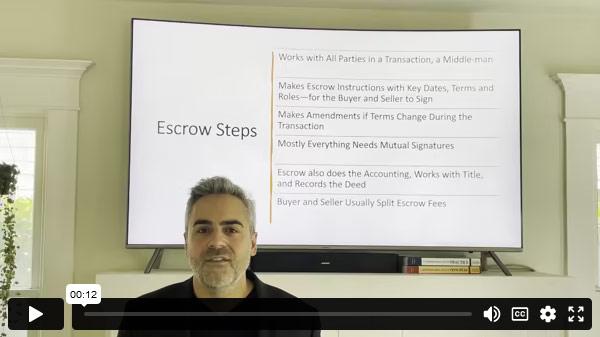When you visit a client’s home prior to putting it on the market, you will undoubtedly take note of the home’s condition. That’s a big part of your job. Does it need new paint? New carpeting? Is it cluttered with knick-knacks, family photos, children’s toys, the dog’s chewies? Is the kitchen faucet leaking and the sink full of dishes? Is the furniture old and worn or too big for the house? Can you smell the litter box, or the diaper bin? Is the front lawn balding or turning a beautiful shade of gold?
If some (or heaven forbid, all) of these issues exist, or even if they don’t, you’re probably going to want to discuss with your client the possibility of having the home staged. If you are a recent licensee, you would be wise to familiarize yourself with what staging is all about.
 What is Home Staging?
What is Home Staging?
Home staging is a sales technique that integrates decorating with marketing. It is everything from simply uncluttering and reorganizing a home, ridding it of excess and often personal items that makes it appear crowded, and creating more open space, to completely refurnishing and accessorizing it, and everything in between. Staging focuses on eliminating all potential distractions within the home to draw potential buyers’ eyes to its best features. It’s not just decorating; it’s actually a sales technique, and one that your client may want to consider.
What are the Benefits of Staging a Home?
These days, most home buyers do their initial home shopping online. If a home is the right size in the right location, potential buyers will view it online, where they can see lots of pictures that the selling agent has posted. That will be the buyer’s first impression of the home. And your aim, if you are the selling agent, is to maximize the impact of those critical first moments, whether it’s online or in person. Staging the home makes it memorable, rather than lived in.
In a National Association of Realtors (“NAR”) 2019 survey, 83% of home buyers said they “find it easier to visualize the property as their future home” when it’s staged. A well-staged home allows the potential buyers to form an emotional connection with the space rather than to see it as someone else’s house. It helps buyers to imagine themselves living in the home — reading by the fireplace, having pancakes in the breakfast nook, or putting the kids to bed upstairs. It helps them picture puttering in the garden, entertaining in the dining room, or putting their feet up and watching a movie in the family room. Staging minimizes clutter and personal belongings, and it can replace dated furniture and furnishings. It can create more space to make rooms seem larger and more and better lighting to make the home appear brighter.
There are other benefits to staging a home for sale. It can help to shorten the amount of time that your client’s home will be on the market. A 2015 Real Estate Staging Association survey found that professionally staged homes spent 72% less time on the market. And, according to NAR’s 2019 survey, 53% of real estate agents said it took less time to sell their staged homes.
But does staging fetch a higher price? Homes that are staged do appear to have a competitive edge over homes that are not staged. NAR says that in 2017, 29% of sellers’ agents reported an increase of one to five percent of the dollar value offered by buyers compared to similar homes. And 21% of the responding sellers’ agents reported that staging a home increased the dollar value of the home between six and ten percent, while none of the agents said that staging a home had a negative impact on the home’s value. These numbers are nothing to sneeze at. This means that staging a $700,000 home can increase the buying price by up to $70,000. And compared with the additional value that staging adds to your home, you can explain to your client that the actual cost to stage is fairly insignificant.
How Much Does It Cost to Stage a Home?
With these statistics in mind, let’s talk a bit about the cost of staging. Sellers’ agents frequently offer to stage their clients’ homes. But if an agent does not feel qualified to do that, often the agent and seller will instead agree to hire a professional stager. NAR reports that in 2019, the median cost for staging was $400. But it can be a lot more expensive than that, depending on what needs to be done. If it’s just clearing out clutter and reorganizing what’s already there, $400 may cover it. But if it needs more than that, or even a complete redesign, the seller will be looking at a much higher cost. And furniture and furnishing rental is a monthly cost on top of the stager’s services, with usually a 3-month minimum rental fee. It can run upwards of $2,500 or more, depending on the number of rooms being staged. On the other hand, if staging results in the home selling for a considerably higher price and selling more quickly, it may be well worth that relatively minor expense.
It’s important to give your clients the facts and stats so they can make an informed decision about whether to stage or not. It’s also important not to make any promises that you cannot keep. Just present the options and let your client make the decision.











